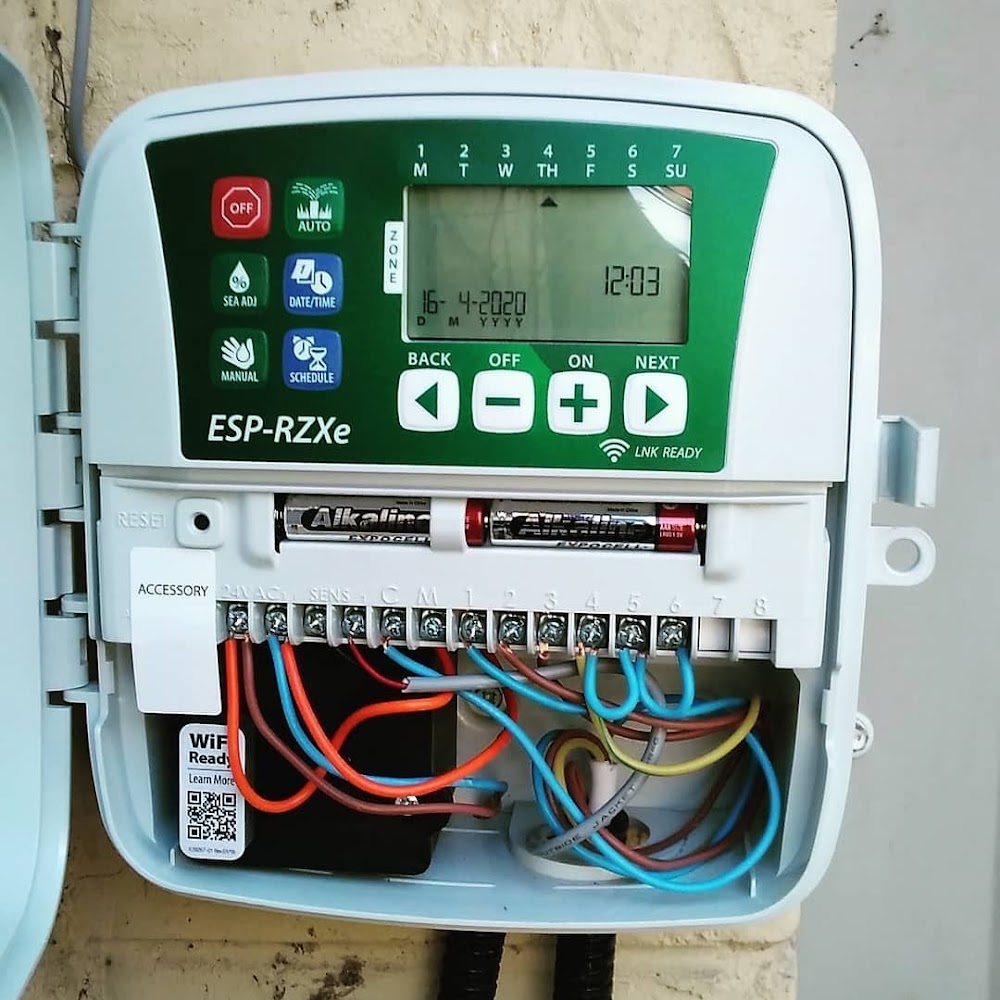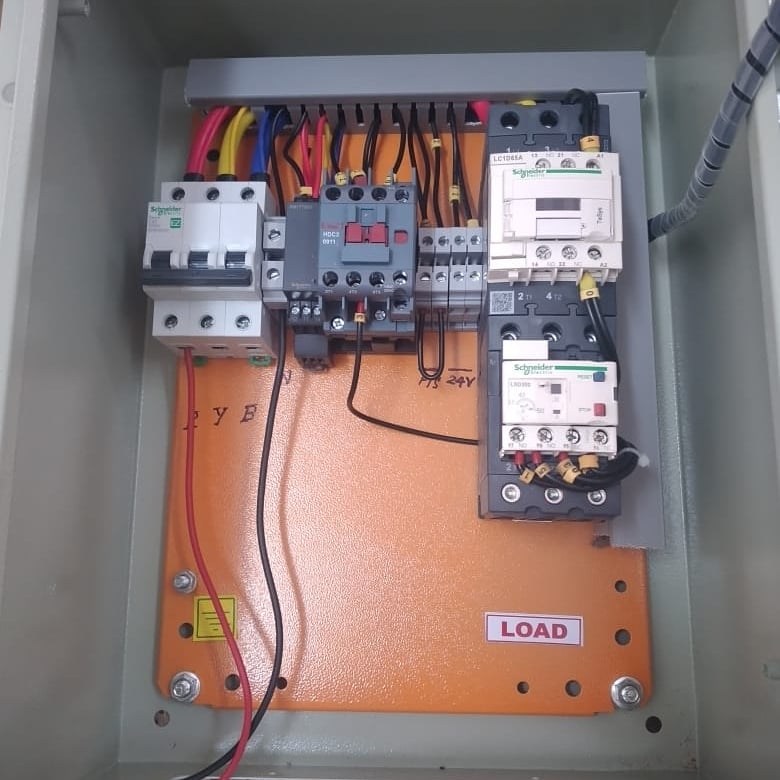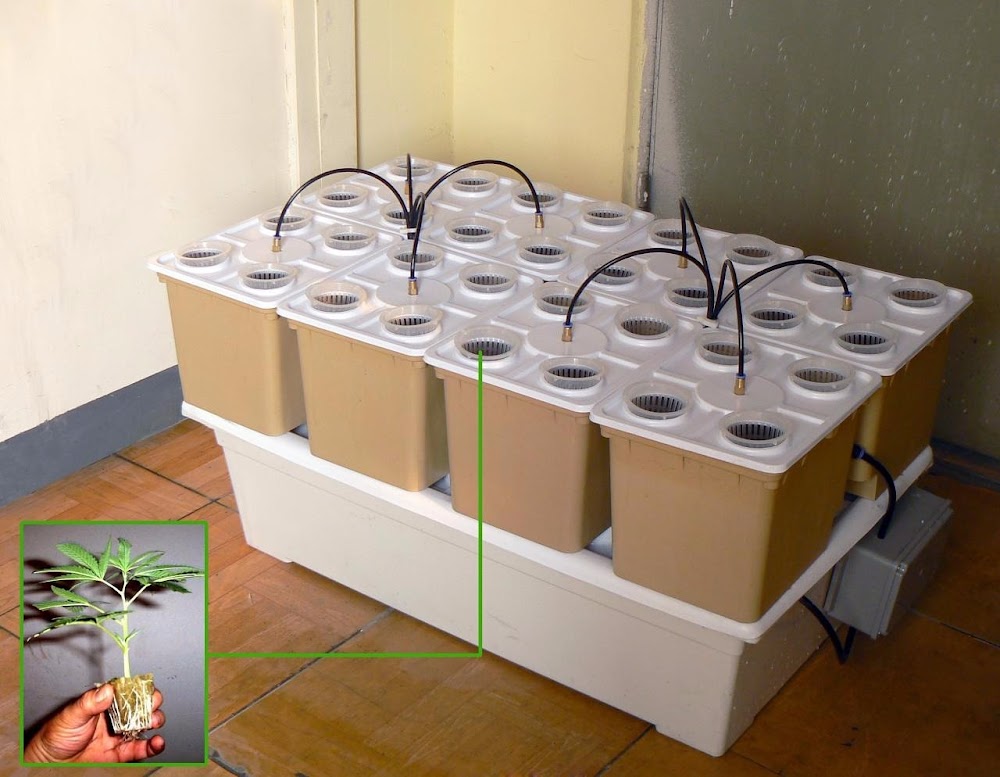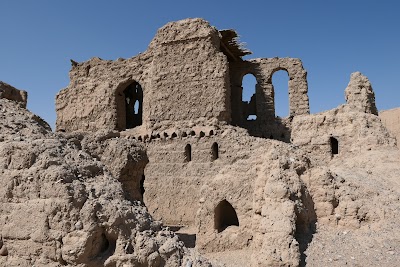Aflaj Irrigation Systems of Oman (أفلاج عمان)
Overview
The Aflaj Irrigation Systems of Oman are a captivating testament to ancient engineering, thoughtfully designed to provide water for both agriculture and daily life in the arid landscapes of Oman, particularly in the Ad Dhahirah region. These intricate irrigation systems are not only essential for farming but also exemplify the ingenuity and adaptability of the communities that created them.
Long before modern plumbing and irrigation technologies emerged, the inhabitants of Ad Dhahirah and the broader region of Oman had to develop methods to channel precious water from distant sources to their villages and fields. This ingenuity gave rise to the aflaj (singular: falaj), a remarkable series of channels and tunnels that transport water from groundwater sources, such as wells and natural springs, directly to agricultural lands and settlements.
The construction of a falaj begins with the identification of a reliable water source, which is often located several kilometers away from the intended irrigation area. Once this source is located, a main underground channel, known as a dawwama, is excavated to guide water through the terrain. The gentle slope of this channel allows water to flow by gravity, significantly reducing the need for mechanical pumping.
Creating the dawwama demands immense labor and precision. Workers dig a series of vertical shafts along the proposed route of the underground channel. These shafts serve crucial purposes: they provide access points for initial excavation, facilitate airflow, and allow for routine maintenance. Great care is taken to ensure that the channel's slope is consistent and gentle enough to maintain a steady water flow without causing erosion.
Upon completion of the main underground channel, it connects to a network of surface canals and ducts that distribute water to various fields and storage cisterns. This intricate network maximizes the efficiency and reach of the irrigation system, often including gates and sluices that enable farmers to control the water flow to their crops.
In regions like Ad Dhahirah, the maintenance of these sophisticated systems requires a strong sense of community and cooperation. Local traditions dictate roles and responsibilities for ensuring the aflaj operate smoothly. A committee or group of elders, often referred to as "arif," oversees water distribution and system maintenance. They schedule regular cleanings, repairs, and address any disputes over water usage.
The aflaj are not merely technical wonders; they are also cultural treasures. These systems embody traditional knowledge passed down through generations, showcasing a profound understanding of hydrology and environmental stewardship. This ancient method has enabled agriculture to thrive in arid regions, sustaining communities and preserving their way of life for centuries.
In Ad Dhahirah, the aflaj support the cultivation of date palms, citrus fruits, and various vegetables, playing a crucial role in the local economy and food security. The cool, shaded environment within the channels also fosters a habitat for diverse plants and animals, enhancing the region's biodiversity.
Today, the aflaj systems face numerous challenges, including reduced water flow due to groundwater over-extraction and the impacts of climate change. However, steps are being taken to preserve and protect these invaluable systems. The integration of modern technology with traditional knowledge is enhancing water management and ensuring the sustainability of the aflaj for future generations.
Recognized as a UNESCO World Heritage site, the aflaj systems of Oman, including those in Ad Dhahirah, underline their global significance as a model of sustainable water management in arid zones.
In summary, the Aflaj Irrigation Systems of Ad Dhahirah, Oman, stand as a remarkable testament to the resourcefulness and harmony with nature exhibited by ancient communities. These meticulously designed and maintained irrigation networks continue to support agriculture, foster community cooperation, and preserve a rich cultural heritage, even amidst modern challenges.









